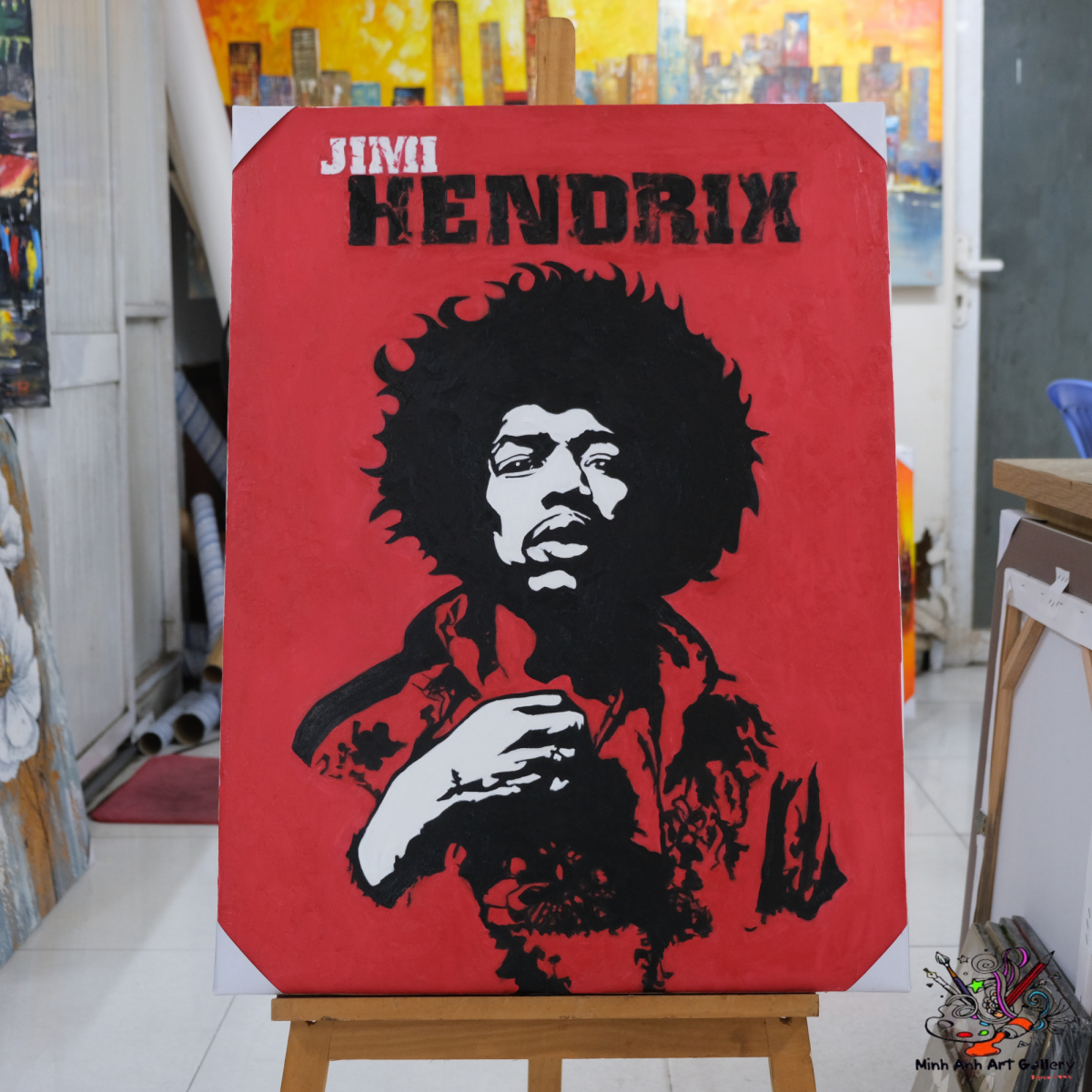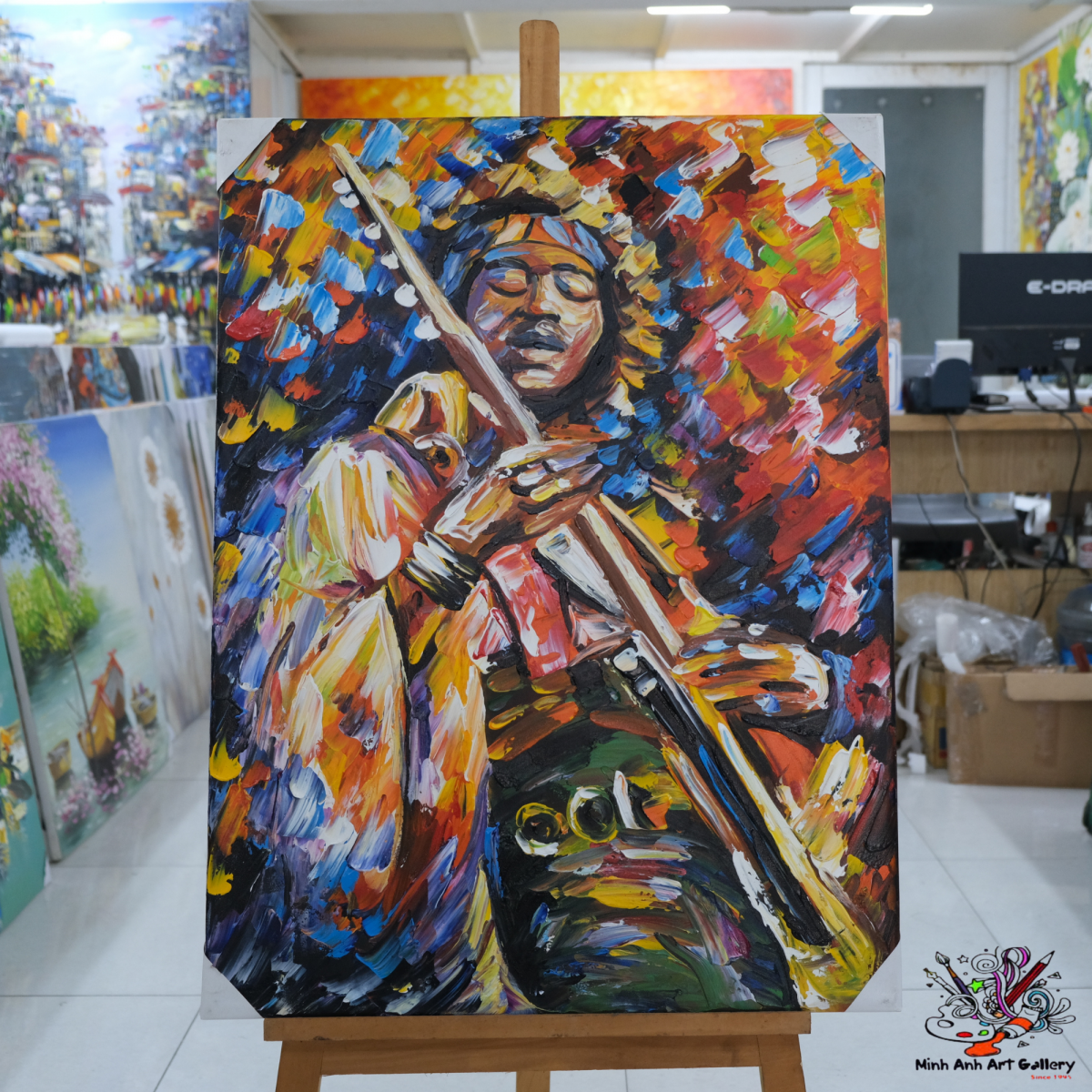Let’s be honest—life gets messy. Between stress, trauma, and burnout, we all crave something to help us breathe again. Now, imagine this: you’re staring at a quiet, blue-toned canvas. Suddenly, your shoulders drop, your heartbeat slows, and your mind drifts. That’s not just admiration—that’s healing.

Welcome to the world where emotion meets canvas, and the fine art collection becomes more than beauty—it becomes therapy.
Art isn't just something we look at—it’s something we feel. Our brains are wired to respond emotionally to color, form, and imagery. Ever cried at a movie scene without dialogue? Same deal. A splash of crimson or a heavy brushstroke can unlock something buried deep inside.
Art therapy isn’t new. It started gaining traction during the 20th century as a tool for treating trauma, especially in war veterans and children. Today, therapists use drawing, sculpting, and even collage to help people process emotions where words fail.
Building a personal collection isn’t about showing off. It’s about surrounding yourself with energy, memory, and intention. Every piece becomes a reflection of who you were, who you are, and who you’re becoming.
Ever seen a piece and just felt it? That’s your gut telling you, “This one belongs with us.” Healing collections aren’t bought with logic—they’re built with emotion. Follow the pull.

A modern art collection often invites you in without instruction. There are no rules. One viewer sees chaos; another sees calm. That open-endedness is therapeutic—it gives your mind permission to wander freely and find personal truths.
Modern pieces often lean toward minimalism. The use of space and silence in art mirrors the emotional space we crave. It tells us: you don’t need clutter—just clarity.
Walking into an art collection gallery is like entering a sanctuary. The lighting, the silence, the intentional layout—all work together to help you slow down and reflect.
Sometimes, healing comes not from your own expression but from seeing someone else’s. Galleries let you borrow a perspective, a story, or even a wound—and in doing so, begin to heal yours.
Famous art collections often house pieces that carry centuries of emotion. Standing in front of a timeless work like The Starry Night doesn’t just impress—it softens, grounds, and opens.
Van Gogh’s tortured soul found freedom in brushstrokes. His colors weren’t just hues—they were cries, hopes, and sometimes goodbyes. And when we see them, we don’t just look—we feel with him.
From meditative installations to mental health awareness themes, today’s art gallery exhibitions are more intentional than ever. These shows aren’t just to view—they’re to experience emotionally.
A curated art collection isn’t about expensive names. It’s about choosing pieces that align with an emotional journey. Curators often craft narratives that help you reflect, release, and rebuild—just by walking through a room.
Unlike museums, private art galleries allow you to engage deeply with artwork in a quiet, personal way. It’s therapy disguised as culture.
Can you really find solace through pixels? Absolutely. An art collection online lets you escape into creative realms from the comfort of your couch. It’s like a mood playlist—but for your eyes and heart.
A contemporary art gallery doesn’t just display—it provokes. These works challenge you, confront you, and ultimately invite transformation. Because sometimes, discomfort is the beginning of healing.
An art gallery collection tour is more than sightseeing—it’s an emotional hike. With each piece, you’re unpacking feelings you didn’t even know you were carrying. That’s the beauty of immersion.
You don’t need a mansion or millions to start a fine art collection. All you need is one piece that resonates. Then another. Then another. Before you know it, your walls become your sanctuary.
Hang calming pieces where you rest. Display bold ones where you work. Let your art reflect your emotional needs—today, and as they change.

Art doesn't offer answers—it offers reflection. And that reflection? It’s where healing begins. Whether through a painting, a tour, or a virtual scroll, connecting with art is connecting with ourselves. So next time you seek peace, don’t just look inward—look on a canvas.
1. How do I choose art that’s emotionally healing?
Start with what gives you chills, peace, or even tears. Emotional reactions are the compass.
2. Can I build a healing art collection on a budget?
Yes! Begin with prints, student artists, or even your own work. It’s about emotion, not price.
3. Do virtual galleries really help with mental health?
Definitely. They’re accessible, private, and still offer deep visual and emotional impact.
4. Is there science behind art therapy?
Yes. Studies show it reduces anxiety, boosts mood, and improves self-expression.
5. Can kids benefit from healing through art too?
Absolutely. Art helps children express what they can’t say with words. Start them young!
This article is proudly presented by Minh Anh Art Gallery – your trusted destination for emotional connection through art. Visit us at 101 Bui Vien St, District 1, Ho Chi Minh City, Vietnam or explore our collections at https://minhanhart.vn/.